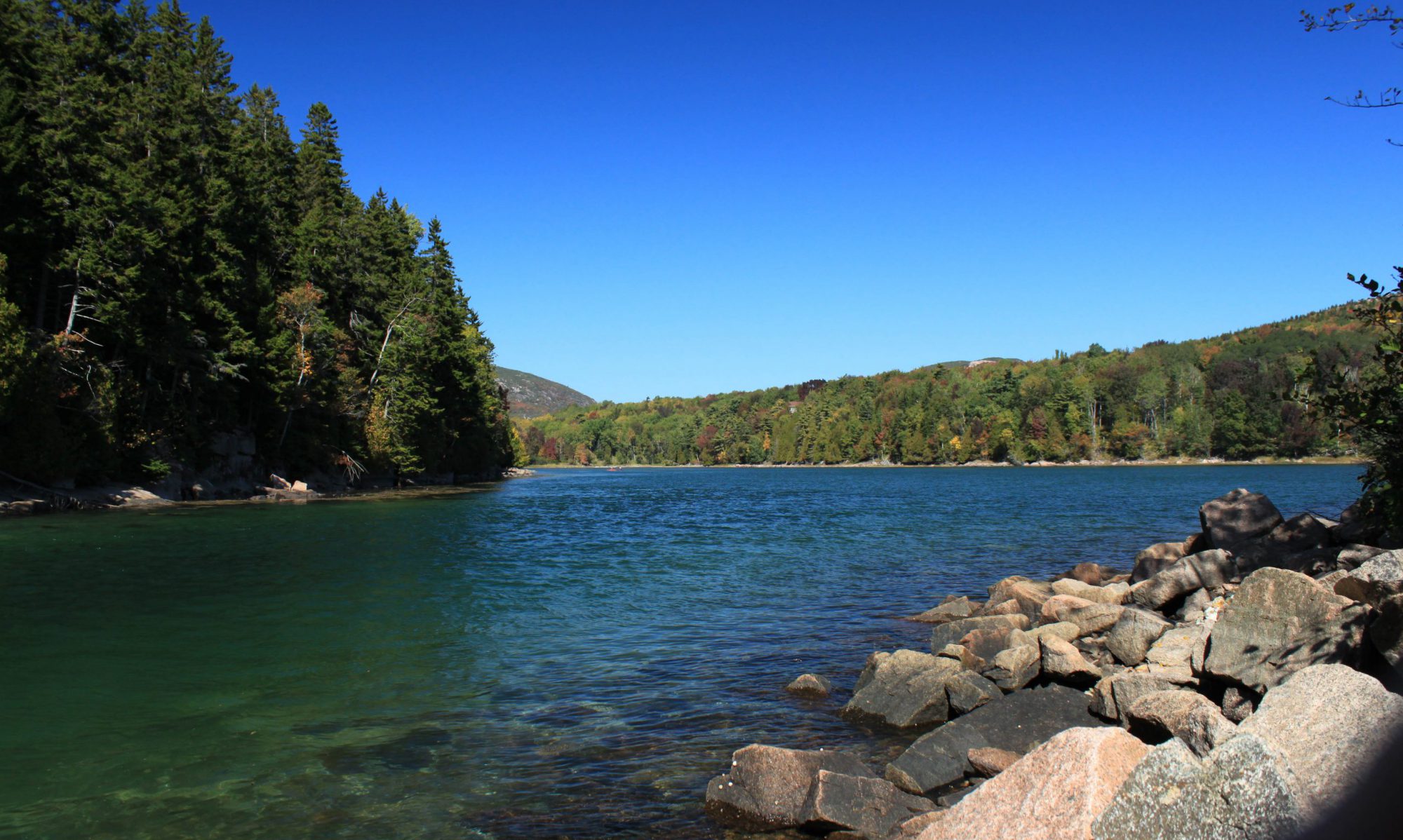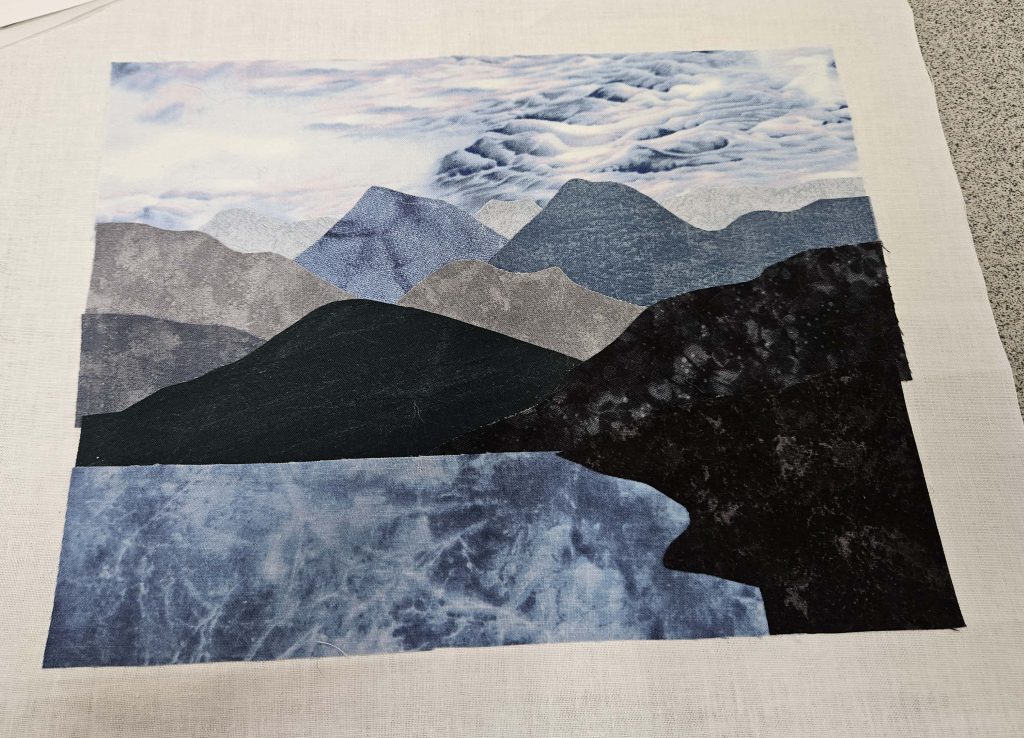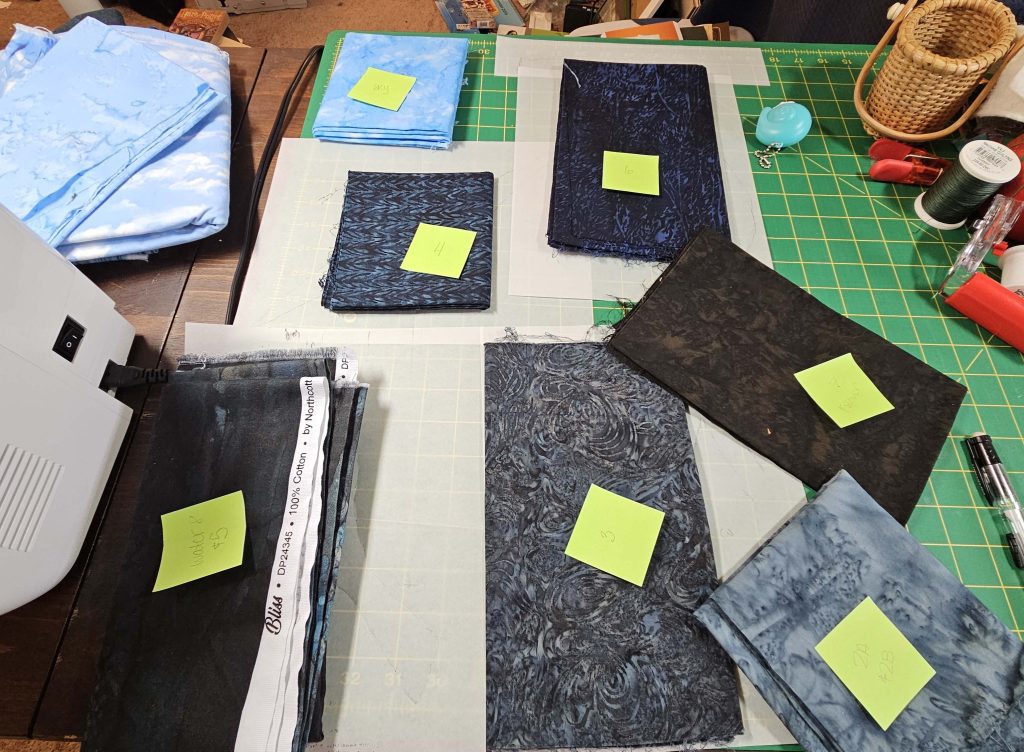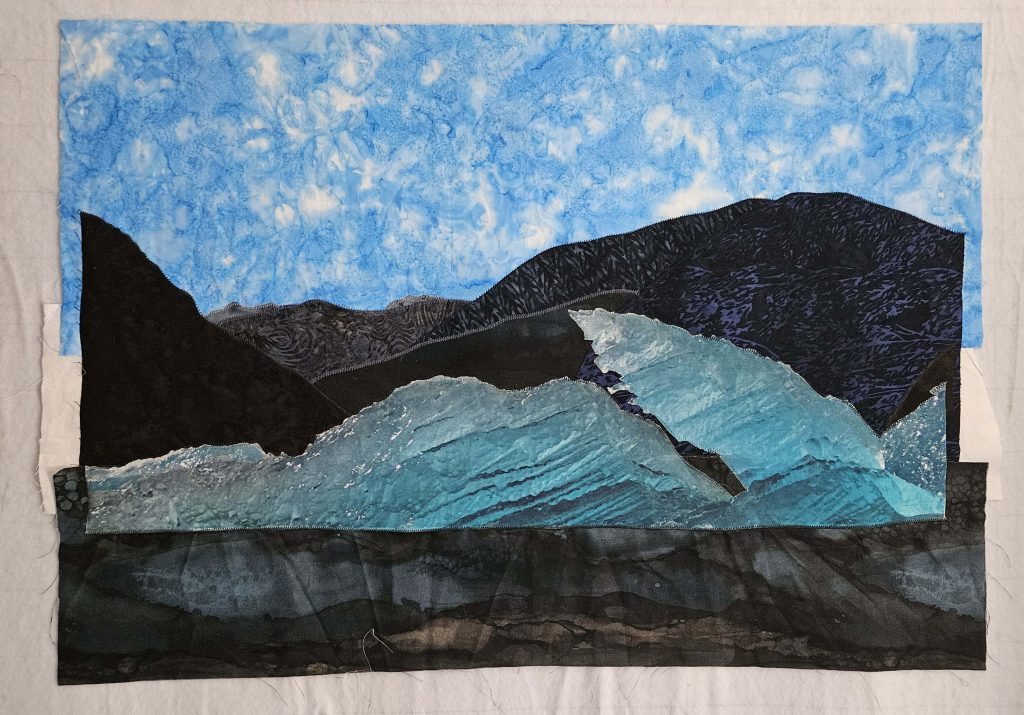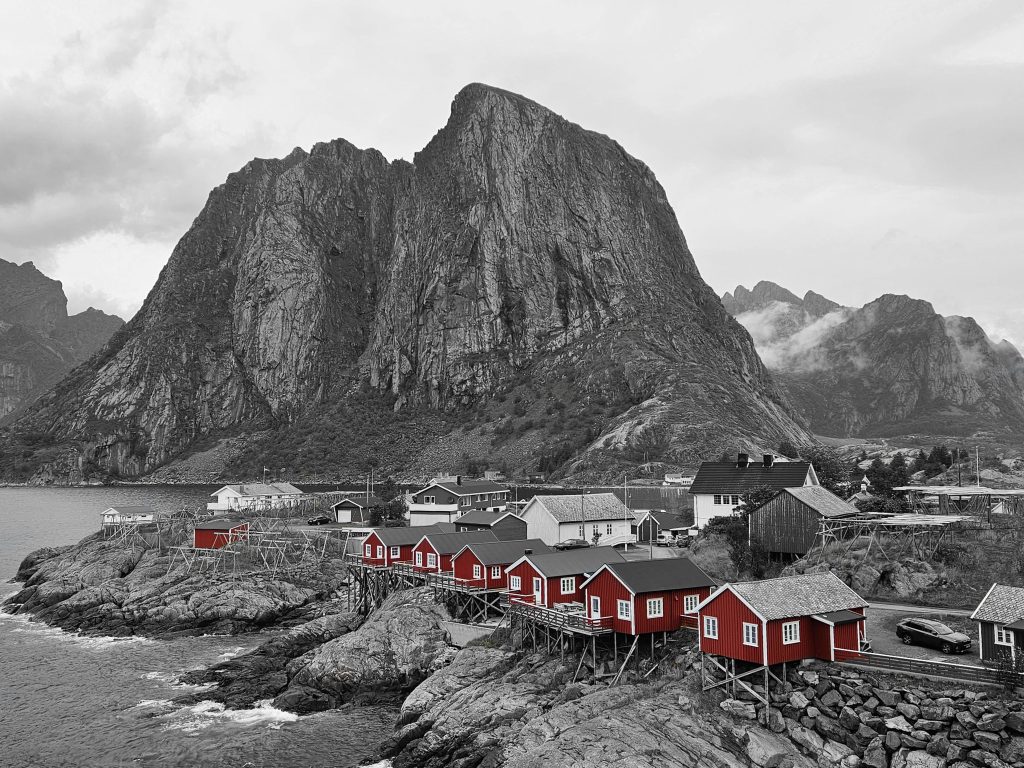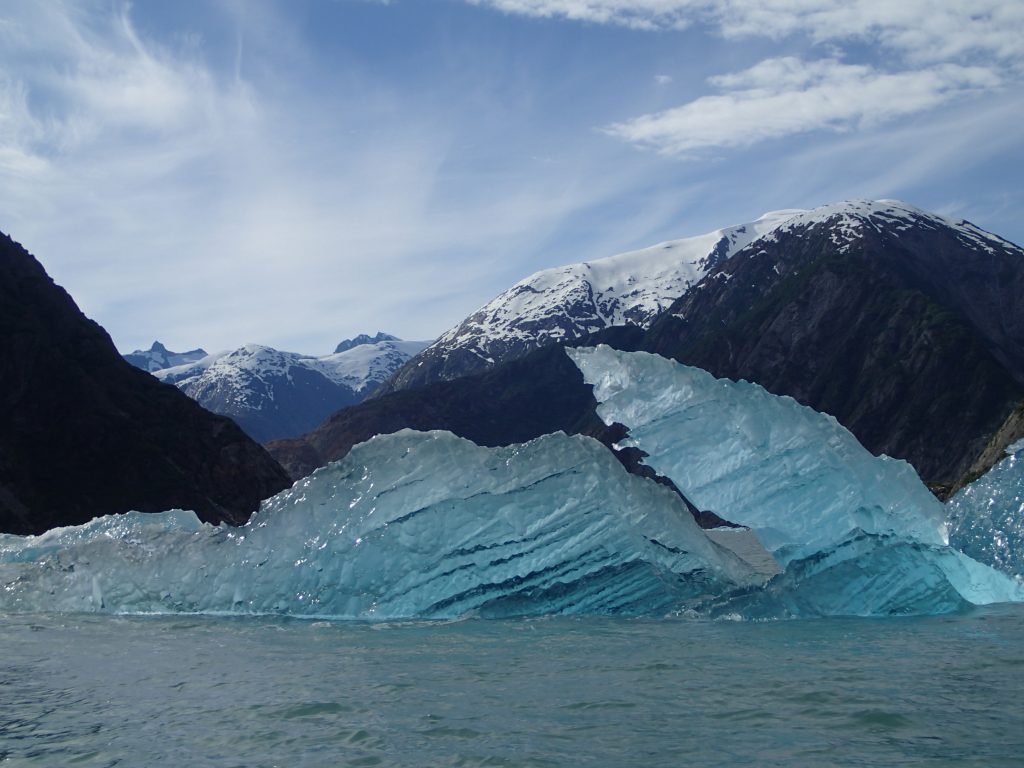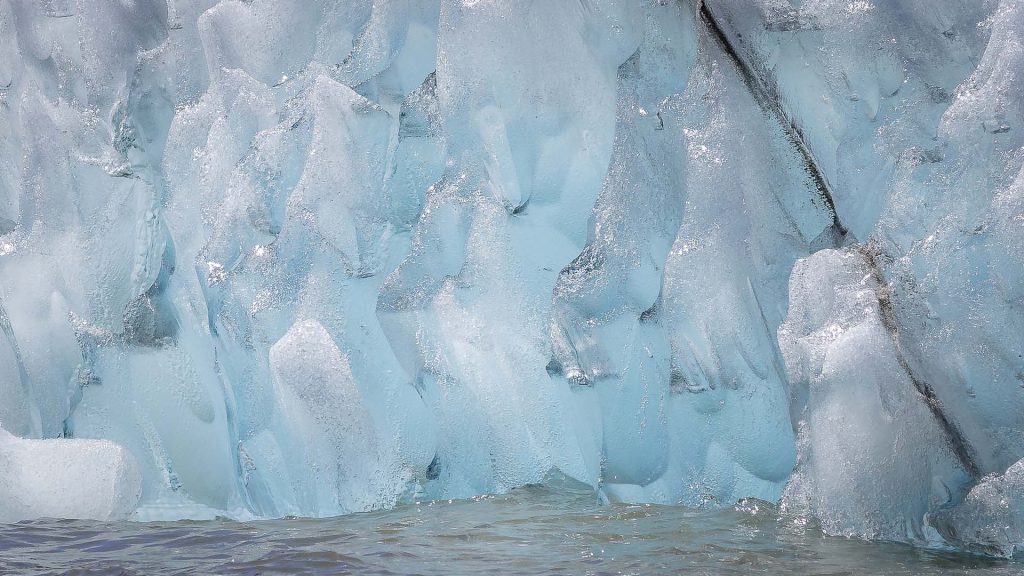So now that the Tracy Arm quilt top is (nearly) finished and all I need to do is sew on the borders, I need to come up with another project to do. Because, of course I do. My ADHD would ask nothing less of me!
Seriously, though. I am headed out to an area of my state I don’t normally visit this coming weekend, so I am planning to visit a quilt store or two while I’m out there. I’ll take the abstract iceberg quilt stuff with me so that I can round out my selection of fabrics for it, but I also want to bring another project or two that I’ll start sometime soon so I can begin sourcing fabrics for it. I don’t want to be limited to what I can find in my local shops, and sometimes the local shops don’t have enough variety in what I need, so grabbing even just a couple of fabrics for the next project or two will be useful.
One of the benefits of looking through the photographs I’ve taken over the years is that I’m finding lots of images that I had forgotten about but that are really nice! I am actively not limiting myself to the tried-and-true favorites I’ve leaned on over the years (we’ve already looked at why some of those won’t work for this particular project), so I’m digging into folders I haven’t looked at in a very long time. And I’m looking at all of the images in each folder.
When I look at a photograph, my mind immediately evaluates whether or not it’s a good image. Is it pleasing to the eye? Is there something in it that catches my attention? Would I put it up on the wall in my house? For the vast majority of the images I take, the answer is “no, there’s nothing interesting about this,” or more often “this didn’t come out the way I thought it would.” Sometimes it can be fixed through post-production work, but often it’s just “nope, this just didn’t work the way I imagined it would when I took it.” And that’s fine, honestly. I have come to understand over the years that I can take several hundred photographs over the course of a weekend and be able to count the ones I really, really like on one hand. (On a recent 12-day vacation, I took just over 3200 photographs and picked about 100 of them to share with family and friends. That’s about par for the course.) And I tend to take lots of different versions of the same image with the reasoning that when I get home, one of them will stick out to me.
It’s fun to take a look back through images I literally haven’t looked at in years and look at them through the “would this make a good quilt?” lens. The one I think I’m going to work on next is one I’ve admired before – I have it printed out somewhere, and I had it on my wall at one point although it’s since been taken down in favor of other, newer images (I like to switch things up every once in a while). This image was taken in 2014 in Oregon, on scenic route 138 somewhere between Crater Lake and Roseburg. (I think. I didn’t take good notes.)
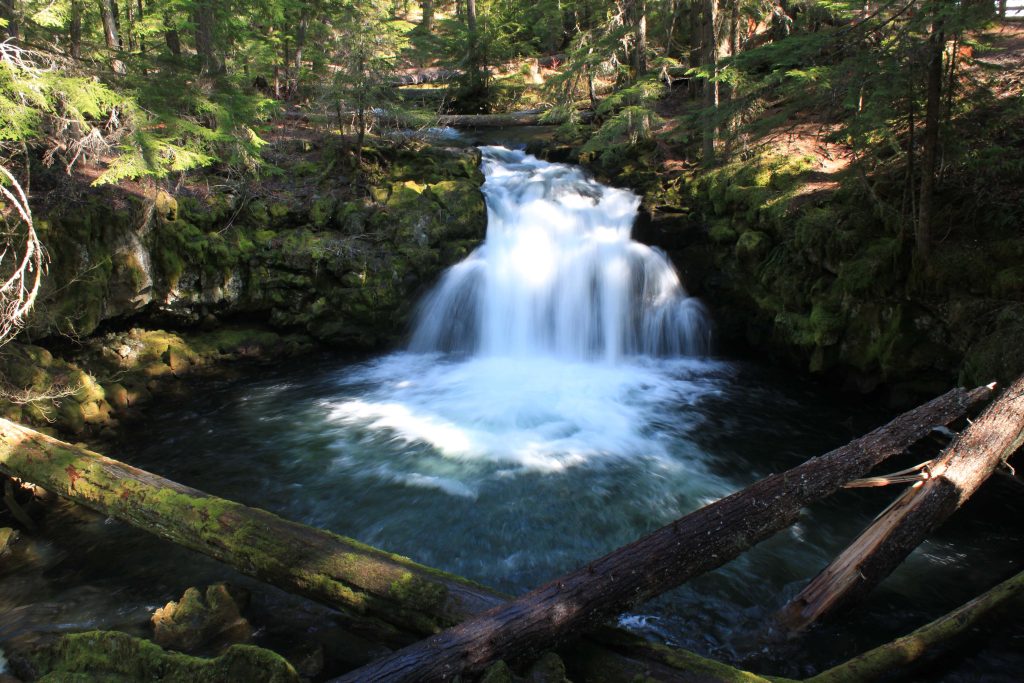
I’m interested in putting this one into the abstract bucket as well. Immediately, what came to my mind for this is a Lone Star in the middle, where the white waterfall is, with the greens and the browns surrounding it. I’m still sort of contemplating what this might look like, but I’ll probably begin working on sourcing fabrics for it soon. I have several Lone Star patterns, so I’ll also look through those soon to see if one jumps out at me as particularly conducive to mimicking this image. I’m also fascinated with the crossed fallen tree trunks at the bottom of the image, and that would be fun to recreate as well. So that’s the plan now that the Tracy Arm quilt is done (or nearly so).
